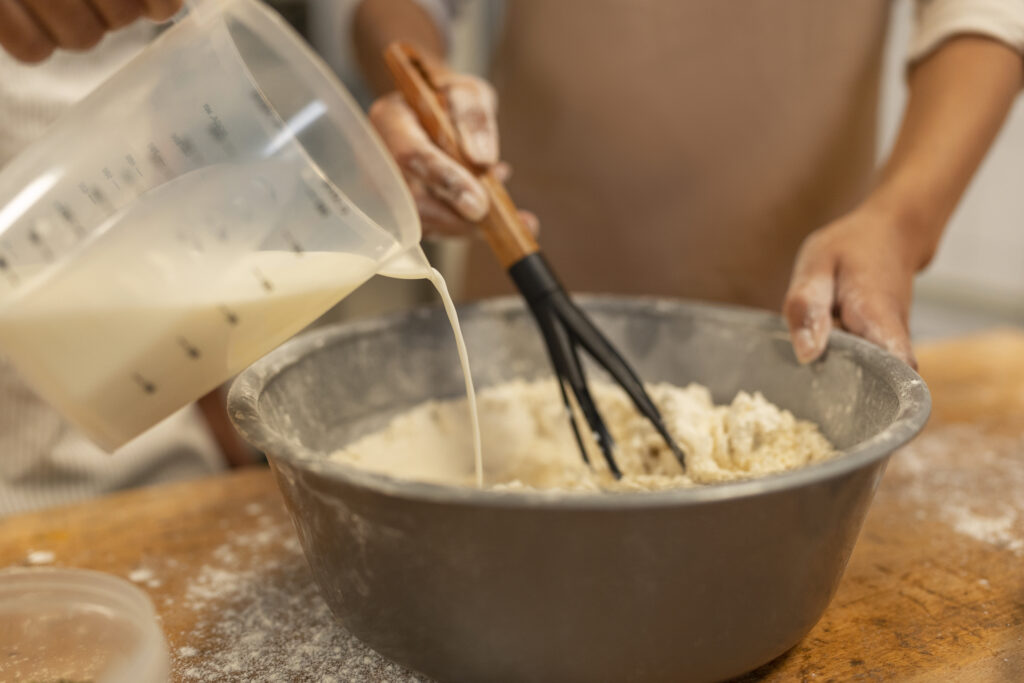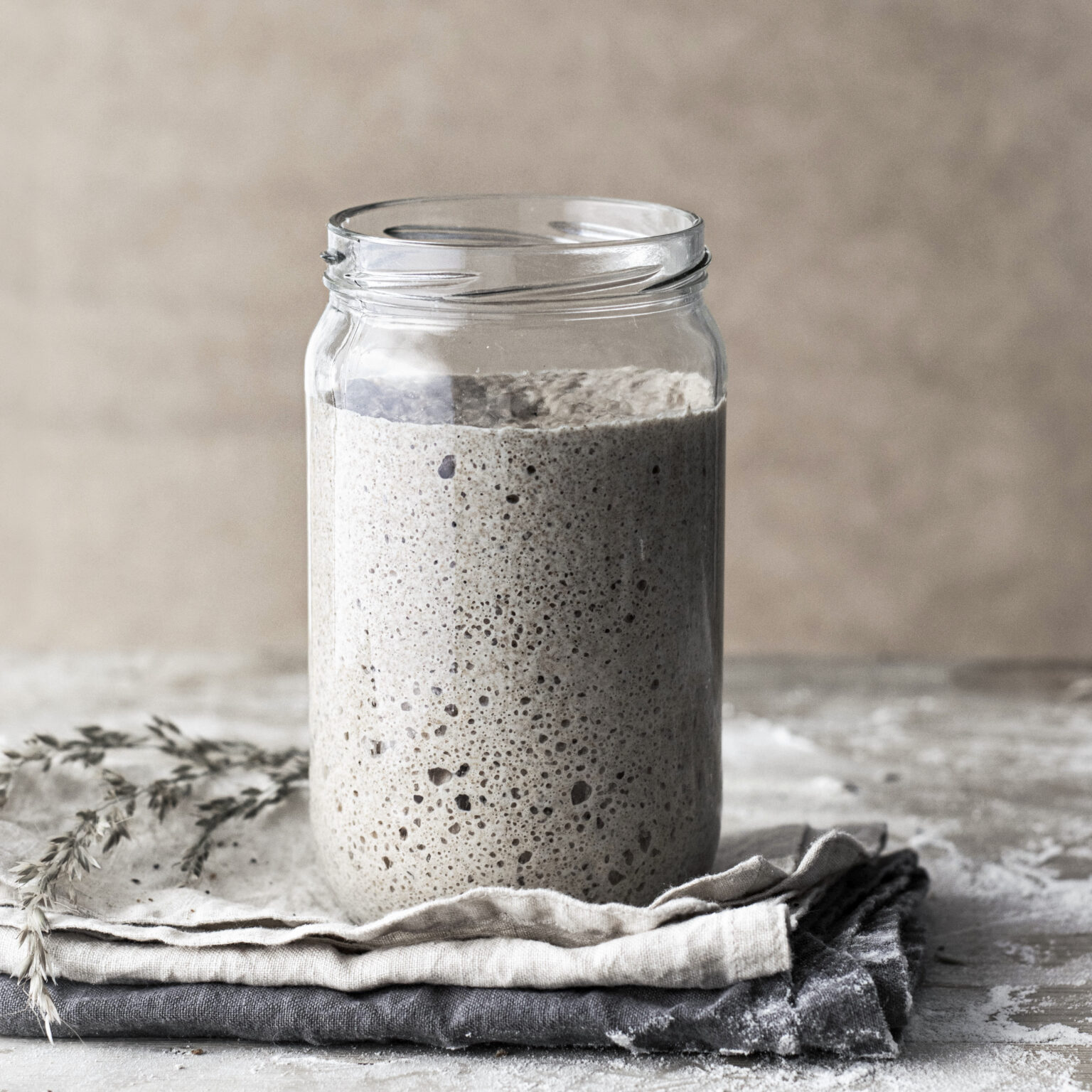Understanding Sourdough Feeding Ratios
Finding the Right Balance for Your Starter
Learn about how your sourdough feeding ratio can affect your starter’s activity.
Why Feeding Ratio Matter
The feeding ratio of your sourdough starter determines its activity level, fermentation speed, and overall health. Understanding and choosing the right ratio is crucial for successful sourdough baking

Exploring Your Options
1:1:1 Ratio (Equal Parts)
One part starter, one part flour, and one part water. This ratio is fast-acting and ideal for frequent baking. It results in a very active starter that peaks quickly.
Uses: Great for daily feedings and quick baking projects.
feeding ratio
1:2:2 Ratio (My Preferred Ratio)
One part starter, two parts flour, and two parts water. This ratio provides a moderate fermentation speed and a stable starter. It allows for a more controlled rise and a balanced flavor development.
Uses: Ideal for consistent baking schedules and maintaining a healthy starter.
1:5:5 Ratio (Longer Fermentation)
One part starter, five parts flour, and five parts water. This ratio slows down fermentation and is suitable for less frequent feedings or when you need to delay baking. It results in a milder flavor and a longer peak.
Uses: Useful for storing starter in the refrigerator or when you want to bake less often.

Factors to Consider
The best feeding ratio for your starter depends on several factors, including your baking frequency, schedule, and desired flavor profile. Consider these points when making your choice:
- Baking Frequency: Frequent baking favors faster ratios (1:1:1).
- Schedule: If you have a busy schedule, slower ratios (1:5:5) can be more convenient.
- Flavor Preference: Longer fermentations at higher ratios result in milder flavors.
- Ambient Temperature: Warmer temperatures accelerate fermentation, which may require adjustments.